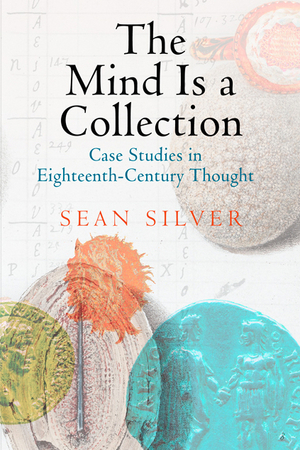
William Hay's Stone
A small flat oval calculus taken after death from the bladder of William Hay, Esq. Specimen A184 © Wellcome Library, London.

a born-digital museum of eighteenth-century thought
A small flat oval calculus taken after death from the bladder of William Hay, Esq. Specimen A184 © Wellcome Library, London.
The Diary of Samuel Pepys, compiled in shorthand from 1660-69. Bibliotheca Pepysiana, Magdalene College, Cambridge. Photo by Curator.
Specimen 53.55 of William Hunter's collection, never completed, of pathological human calculi. (c) The Hunterian, University of Glasgow, 2014.
A casket, once in the possession of English antiquarian William Stukeley, designed to hold fragments of the body of Thomas Becket. Image (c) Victoria and Albert Museum, 2015.
A twelfth-century ampulla from Canterbury, containing diluted traces of blood. It is inscribed on the reverse "OPTIM EGROR MEDIC FIT TOMA BONOR" (Thomas is the best doctor for the worthy sick). R.6485 (c) Trustees of the British Museum.
Horace Walpole's personal copy of his own scarce play. A note on the flyleaf reads "This copy is to be kept in the Beauclerc-closet to explain Lady Di Beauclerc's Drawings. HW." Courtesy the Lewis Walpole Library, Yale University.
Lady Diana Beauclerk's ink-wash drawing on laid paper of Act V, Scene VI in The Mysterious Mother. Courtesy the Lewis Walpole Library, Yale University (2015).
Samuel Pepys, oil on canvas, by John Hayls (1666). Pepys writes "I sit to have it full of shadows, and do almost break my neck looking over my shoulder to make the posture for him to work by" (17 March, 1666). Now at the National Portrait Gallery, London (NPG 211). Photo by author.
Johann Heinrich Muntz's portrait of Horace Walpole in the library of Strawberry Hill. Image courtesy Lewis Walpole Library, Yale University.